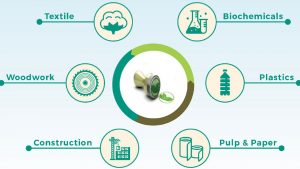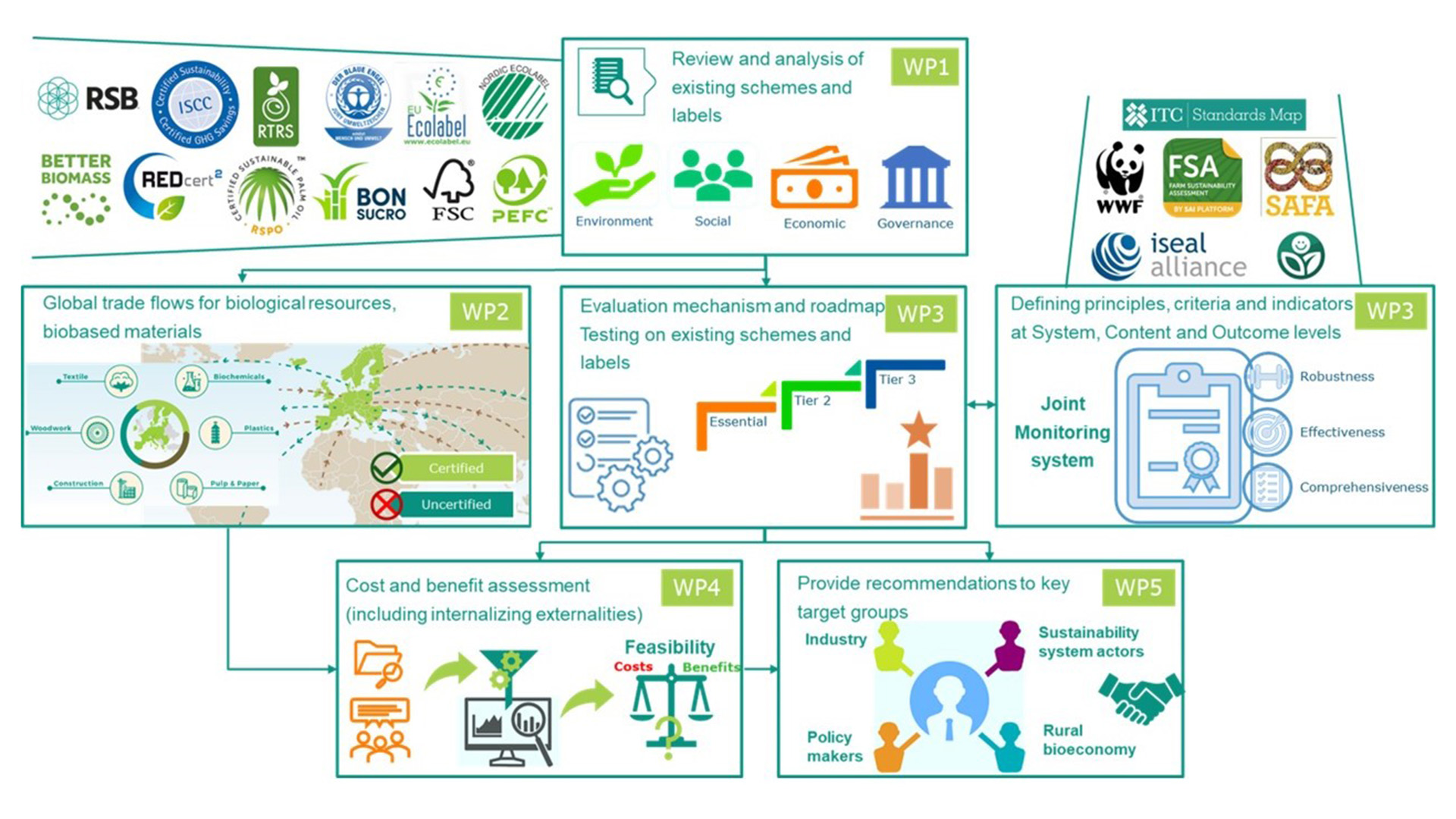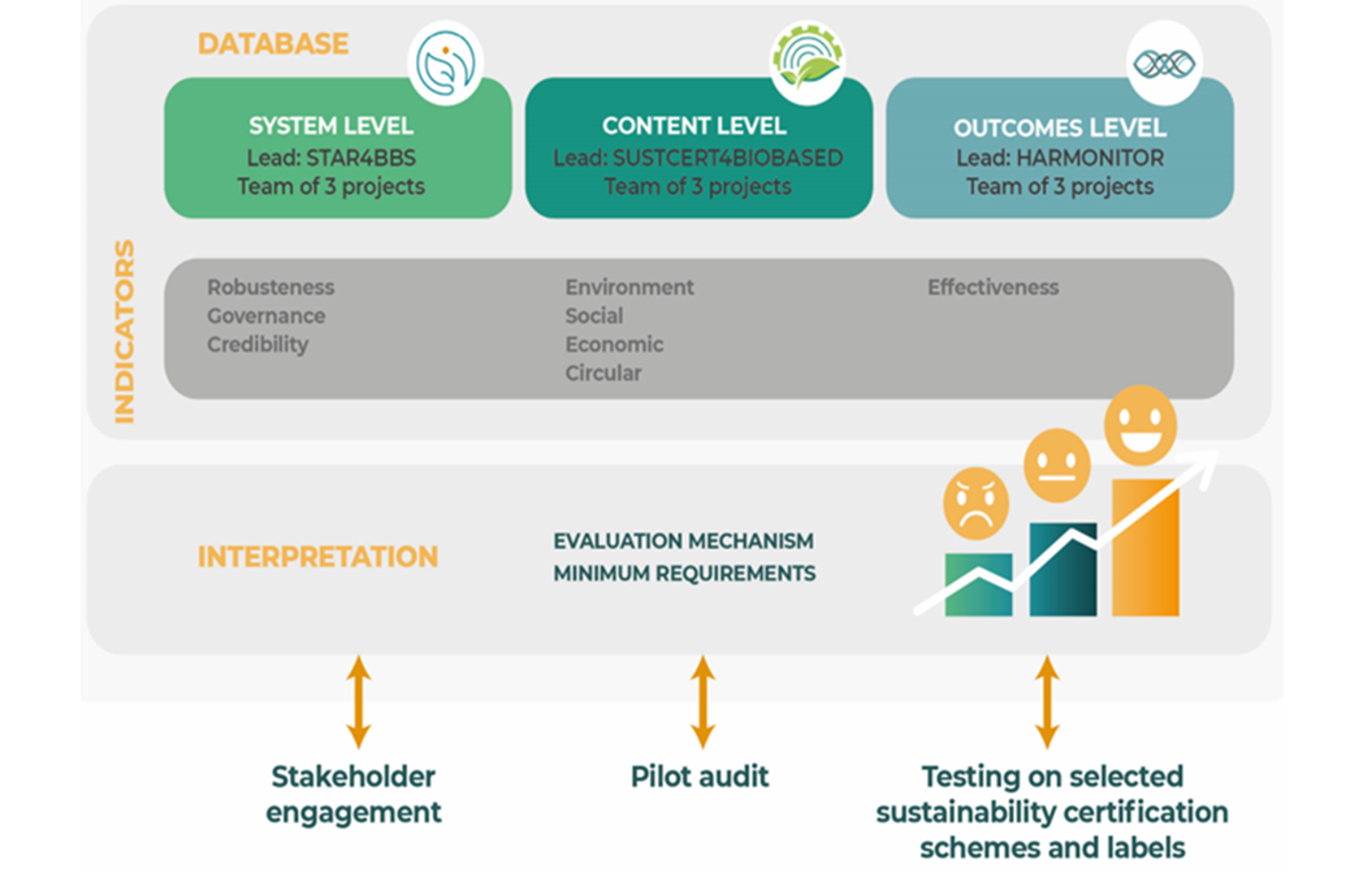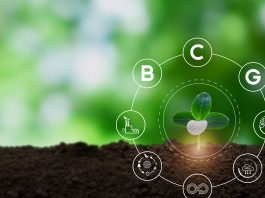SUSTCERT4BIOBASED aims to promote the adoption of effective and robust sustainability certification schemes and labels for industrial biobased systems.
The future belongs to biobased products that are wholly or partially derived from biological resources. During the last decade, the EU has invested heavily into transitioning from a linear fossil-based economy towards a circular, biobased economy. However, a successful transition from fossil-based to renewable biological resources should secure environmental, social, and economic sustainability and should be guided by a robust governance structure. To this end, a plethora of certifications and labels have been developed as major tools for global production and trade to become more sustainable, and for the private sector to demonstrate corporate responsibility. Yet, there must be ways to evaluate the trustworthiness and performance of these tools. This is where SUSTCERT4BIOBASED comes into play.

SUSTCERT4BIOBASED project
SUSTCERT4BIOBASED is a three-year Horizon Europe project which started in June 2022. The project aims to develop a monitoring system to assess the effectiveness, robustness, and comprehensiveness of the existing certification schemes and ecolabels, identify their strengths and weaknesses, and promote the adoption of the most robust and effective schemes. This concerns the certification of biological resources intended for industrial value chains and biobased products, excluding food/feed, biofuels and bioenergy. All six industrial sectors that are identified as prominent sectors in the European Commission’s Bioeconomy Strategy – chemicals, plastics, textiles, pulp and paper, construction, and woodworking – are considered in this project (Fig. 1)
A strong consortium for sustainability assessment
These ambitions are addressed by a strong consortium covering different disciplines and expertise. The consortium consists of:
- Wageningen Research as the coordinator with expertise on sustainability of biobased products;
- CIRCE, a research organisation specialising in sustainable development solutions;
- ECOS, a non-governmental organisation active in standards and policies in environmental topics including a sustainable bioeconomy;
- Control Union, a certification body experienced in sustainability certification schemes and their audits on-site; and
- White Research, a consulting company managing dissemination, communication and exploitation activities.
SUSTCERT4BIOBASED activities are structured in interlinked work packages (WP) as depicted in Fig 2. WP1 concerns the identification, review, and analysis of relevant sustainability certification schemes and ecolabels. This includes ecolabels (e.g., EU Ecolabel, Blue Angel, Nordic Swan), sustainability certification schemes for biobased products and materials (e.g., ISCC Plus, RSB Advanced Products, Better Biomass) and biological feedstock (e.g., FSC – wood, RSPO – palm, Bonsucro – sugarcane). A holistic approach is followed, with equal consideration of all three pillars of sustainability (environment, social, and economic) as well as governance of the schemes.
WP2 provides a mapping of the current situation in global trade flows of biological resources and biobased products, providing an understanding of the imports into and exports from the EU and their level of certification. WP3 is focused on the development of the monitoring system for assessing the robustness, effectiveness, and comprehensiveness of sustainability certification schemes and labels. This is done by reviewing and building on the existing monitoring/benchmarking tools and guidelines. The developed monitoring system in WP3 will be tested on selected schemes and labels. This will provide information on the strengths and weaknesses of each assessed scheme and label, which will be used to develop recommendations for improvement. To promote continuous improvement of the certification schemes over time, aspirational requirements are also defined. WP4 is focused on the cost and benefit assessment that includes internalising environmental and social costs and benefits and monetising them. The developed/adapted method is then used in assessing the feasibility of adopting sustainability certification schemes in three selected biobased value chains.

The results of SUSTCERT4BIOBASED as well as the insights gained along the way are used in deriving recommendations in WP5 for four key target groups. Policymakers will be informed about the current landscape of biobased value chains and certification. They can benefit from a monitoring system that can be integrated into policy to drive the harmonisation of schemes. Label and sustainability scheme owners can enhance the performance of their schemes/labels by looking at the identified weaknesses. For industrial actors, this will increase awareness about the range of existing schemes and labels and the costs and benefits of their adoption. For regional stakeholders, recommendations will be provided on how to implement the best practices and adopt them into their bioeconomy strategies.
The Joint Monitoring System: A key component
The three ‘sister projects’, SUSTCERT4BIOBASED, HARMONITOR and STAR4BBS, are funded under the same call and work together in the implementation of different joint activities, including the Joint Monitoring System (JMS). They have formed a project cluster called BiobasedCert. The goal of the three sister projects working together is to create a harmonised, overarching system. The JMS aims to provide the European Commission and certification schemes and labels owners with a framework to evaluate the potential of certification schemes and labels (CSLs) and their accompanying standards to contribute to the sustainability priorities for the bioeconomy in relevant EU policies. The JMS will further increase transparency regarding the performance of existing CSLs for biobased systems in the European market. This information incentivises CSL owners to improve and harmonise their systems regarding shared sustainability and governance criteria.
The JMS is structured in three levels: system level, content level and outcome level (see Fig. 3). The system level focuses on system characteristics, including governance, traceability, assurance, etc. This level provides an assessment of the robustness of schemes. The content level focuses on the sustainability requirements of the CSLs vis-à-vis specific environmental, social, economic, and circularity priorities and targets. This level provides an assessment of the comprehensiveness of the schemes with respect to key sustainability priorities. The outcome level focuses on evidence of the performance and impact generated by implementing CSLs. This level provides an assessment of the effectiveness of schemes. For each level, the monitoring system will have a standardised set of indicators housed in a centralised database.
Another key component of the JMS is a layer of interpretation which concerns the definition of minimum requirements and the evaluation mechanism. The JMS will be optimised using the feedback from testing on selected certification schemes and labels, pilot audits and stakeholder engagement. It is expected that by engaging with a range of stakeholders, the applicability and acceptance of the JMS will improve.

Project progress and milestones
Currently, SUSTCERT4BIOBASED is on track to achieve its goals. The highlights from this first period are summarised as follows. The categorisation was made for the range of biological resources intended for industrial biobased systems under four main categories (primary, secondary, tertiary residues, and primary dedicated) and 22 sub-categories. The categorisation of biobased products was made according to the sector in which they are used from the six industrial sectors using NACE codes and corresponding subcategories from PRODCOM to maximise opportunities to link with available statistical data. A multicriteria methodology based on the analytical hierarchical approach was applied to identify 18 representative biobased value chains linking the biological resources and products belonging to the six industrial sectors. For a selection of these value chains, data was gathered on global trade flows concerning EU production and trade volumes using available international statistical sources, as well as on the extent of their certification.
Moreover, a collation of sustainability principles and criteria applicable to biological resources and biobased materials and products was made by reviewing relevant EU legislation, certification schemes, and studies in the field of sustainable bioeconomy. Factsheets were prepared on eleven selected sustainability certification schemes and ecolabels for industrial biobased systems. In addition to general information and scope, the factsheets contain information on the governance of the schemes and their sustainability criteria categorised into environmental, circularity, social, and economic dimensions. As input for the development of the JMS, a comprehensive review of a total of 18 existing assessment and benchmarking tools and guidelines for CSLs was carried out with a focus on their requirements, criteria, and rating and scoring methodologies used in the evaluation of schemes and labels within various biobased sectors.
Furthermore, a methodology for conducting the cost and benefit assessment was proposed following a review of literature on their application to sustainability certifications and on methods for internalising externalities with the purpose of integrating them into the cost and benefit assessment. Finally, together with the sister projects, a midterm policy brief is being prepared, paving the way for CSLs in EU co-regulatory frameworks promoting the market uptake of certified products.
Co-creating a sustainable biobased future
A multi-actor approach is followed through our Network of Interest (NoI). NoI members are invited to bi-annual online meetings, where they receive updates on the project findings and insights generated so far. They are invited to provide feedback and share their knowledge and views on aspects related to bioeconomy certification. You can find the QR code below to join the NoI. Furthermore, we are joining forces with the two sister projects in organising a series of BiobasedCert cluster co-creation workshops and events.
Please note, this article will also appear in the sixteenth edition of our quarterly publication.











